Earth is round, Mercury is the hottest planet, and the Sun is yellow. It seems that all of these are simple and undeniable facts, known even to those who have no real knowledge of astronomy.
However, it is time to think again. We collected a selection of the most common misconceptions about the Solar System, along with the true facts that expose them as false.
Is The Earth Perfectly Spherical?
This is true, but paradoxically it is not true at the same time. The shape of our planet constantly changes due to the endless movement of continental plates.
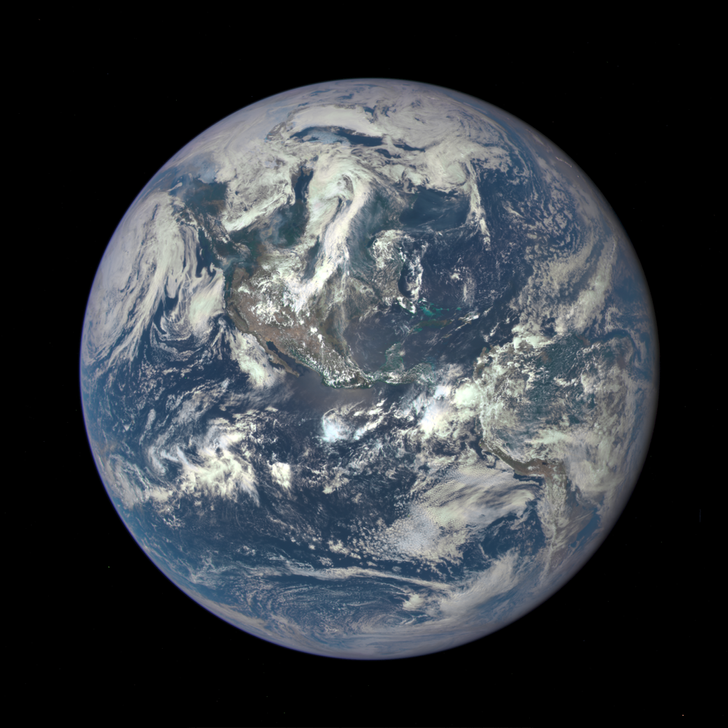
Obviously, the speed at which they move is very small, on average, about 5 cm per year. But it still affects the “appearance” of the planet, which is actually far from perfectly round.
Source: nationalgeographic
However, it should be noted that the sensational image below, which supposedly shows the actual shape of Earth, is actually a model of the planet’s gravity.

It was created from satellite data and does not show the true shape of our home. Instead, it only demonstrates the differences in Earth’s gravity force at different points around it.
Source: ESA
Does The Moon Have A Dark Side?
The view that the sun’s rays shine only on one side of the moon, leaving the other side in permanent darkness, is widespread. This belief results from the fact that our satellite has only one side facing Earth, while the other is impossible to observe from the ground.
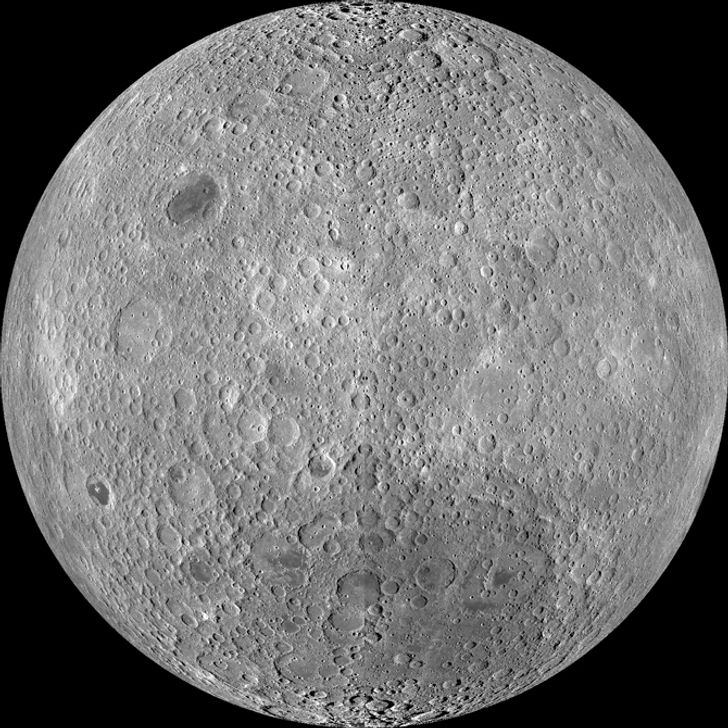
But in fact, the Sun shines and warms the visible and invisible parts of the Moon. The truth is that the period that the Moon takes to rotate on its axis coincides with the amount of time it takes to orbit Earth, so we only see one side of it.
Source: discovermagazine
Is The Temperature Of Mercury Higher Than On Other Planets?
Everything seems logical here. Mercury is closer to the Sun, so the surface temperature must be higher than that of all other planets.
However, it turns out that the hottest planet in the Solar System is actually Venus, despite being 50 million kilometers further from the Sun than its neighbor.
The average daytime temperature on Mercury is around 350 ° C, while it can reach 480 ° C on Venus.
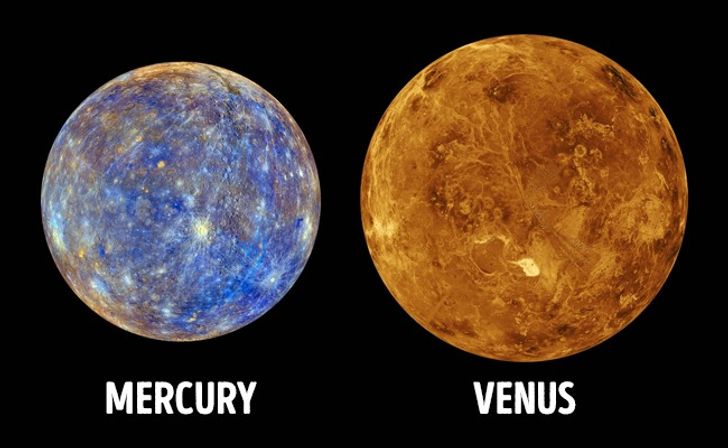
The reason for this is the atmosphere of Venus. Mercury has virtually no atmosphere to speak of, while Venus has a very thick one made up almost entirely of carbon dioxide.
This creates a very strong greenhouse effect, which retains all the heat from the Sun and makes Venus incredibly hot.
Source: universetoday
Is The Sun Really Just A Big Ball Of Fire?
Everyone knows that the temperature on the surface of the Sun is unimaginably high: over 5,700 ° C. Therefore, it is logical to suppose that it is simply like a giant bonfire.
However, this is not an accurate comparison. What we consider fire is, in fact, energy in the form of heat and light, produced by thermonuclear reactions that take place in the core of the star.
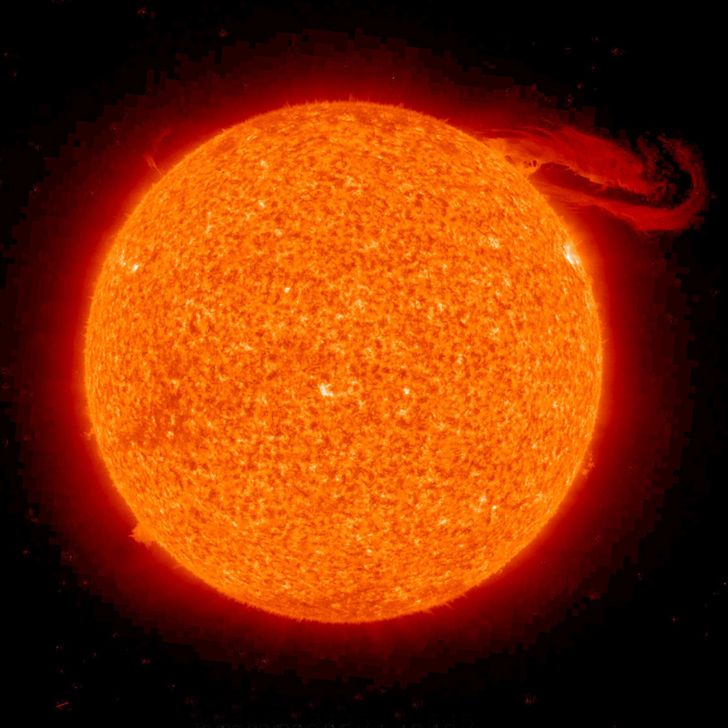
A thermonuclear reaction involves transforming some elements into others, and is accompanied by the expulsion of heat and light energy. This energy passes through all the layers of the Sun to reach the surface (the photosphere), which for us seems to be burning.
Is The Sun Really Yellow?
Everyone who knows a bit about astronomy confidently tells you that the sun belongs to the category of stars known as the yellow dwarf. In turn, it is logical to assume that it is yellow. But, like all other yellow dwarf stars, the Sun is completely white.
So why do human eyes see it as yellow? It all comes down to Earth’s atmosphere. As is known, the light that has a long wavelength, in the yellow and red part of the spectrum, passes through the atmosphere in the best possible way.
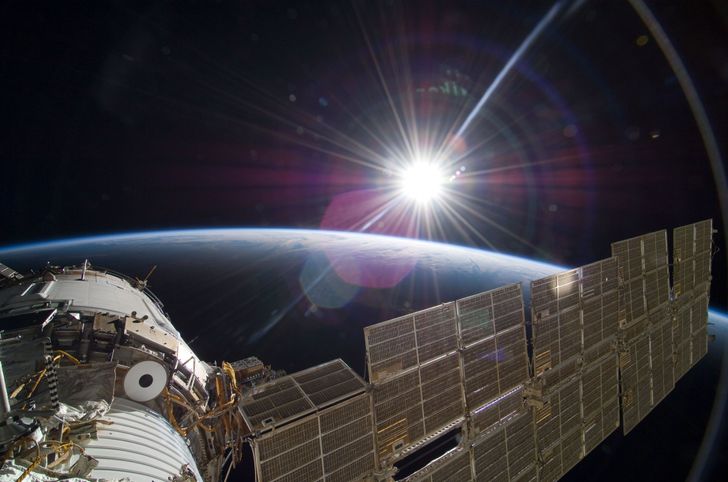
Light at shorter wavelengths, in the green to violet part of the spectrum (which is what the Sun mainly emits), gets dissipated to a greater degree by the atmosphere. The effect of this is to make the sun appear yellow. If you leave the atmosphere, the sun will take its “true” color.
Source: stanford
Would A Human Being Explode In Space Without A Space Suit?
This misguided view is, of course, the result of various Hollywood movies describing what was supposed to happen if a person were outside of a spaceship.
Actually, our skin is flexible enough to hold all of our internal organs in place. The walls of the blood vessels would also prevent the blood from boiling thanks to their elasticity.
Furthermore, in the absence of external pressure in the space environment, the temperature at which blood boils rises to 46 ° C, which is significantly higher than the temperature of the human body.
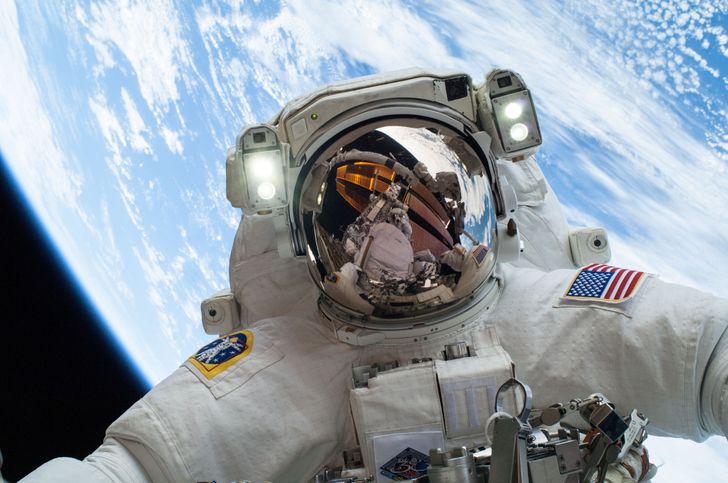
Instead, it is the water contained in the cells of our skin that begins to boil in a vacuum. The result is that the human body would increase in size in such an environment, but it would definitely not explode.
However, the main reason why a person would die is lack of oxygen. Only 15 seconds after entering the void without a spacesuit, the individual would lose consciousness and die within two minutes.









Leave a Reply